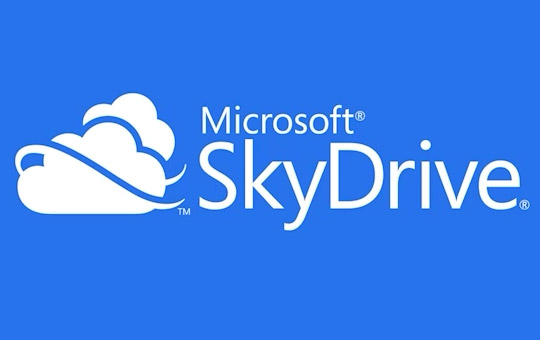Microsoft SkyDrive Updated For Space Saving

Microsoft has upgraded its SkyDrive cloud storage service in order to free up more space
Microsoft has revealed some upgrades for its upcoming version of SkyDrive.
This is because at the moment, syncing folders full of photos and multi-megabyte documents can take a healthy bite out of a device’s hard drive or solid-state drive (SSD). Therefore Microsoft wants to help its Windows 8.1 users to reclaim some space with the new SkyDrive upgrade.
Capacity Needs
In a 22 July Inside SkyDrive blog post, Mona Akmal, Microsoft’s group program manager of SkyDrive apps, detailed some of the changes her team is making to its cloud-based storage and file share and sync service. The enhancements are meant to address a thorny dilemma posed by the mobile device boom. In short, users’ storage needs are rapidly outpacing the onboard data-keeping capabilities of their devices.
 “Industry trends suggest that even though devices have larger storage capacities (growing 25 percent per year), people’s data and files are growing significantly faster (around 50 percent per year),” she wrote. SkyDrive for Windows 8.1 remedies this by enlisting a sliver of local storage for file browsing and letting the cloud perform most of the heavy lifting.
“Industry trends suggest that even though devices have larger storage capacities (growing 25 percent per year), people’s data and files are growing significantly faster (around 50 percent per year),” she wrote. SkyDrive for Windows 8.1 remedies this by enlisting a sliver of local storage for file browsing and letting the cloud perform most of the heavy lifting.
With Microsoft’s placeholder file technology, instead of streaming file details over the Internet, placeholder files contain thumbnails and metadata, allowing users to explore their folders without devoting large chunks of local storage to them or taxing their sometimes tenuous network connections.
“Placeholder files look and feel like normal folders and files,” wrote Akmal, adding that they can be edited, saved and deleted just like their traditional counterparts. “This means that the placeholder file is significantly smaller in size [than] the file in SkyDrive, but when you need to use it, we’ll download the full file for you,” she boasted.
The results so far are encouraging. “Early data in the weeks since Windows 8.1 Preview was released suggests that this architecture is delivering on the goals we set out with and SkyDrive files are taking up less than 5 percent of the local disk space that they would have taken in the old system,” Akmal wrote. With Windows 8.1, someone with 100GB worth of files in SkyDrive will only need to devote 5GB of storage on their device, she noted.
Offline Options
Akmal’s group also worked on offering more offline storage options for those times that cloud access proves elusive.
Despite widespread Wi-Fi adoption and ever-expanding mobile networks, travellers can sometimes run into trouble establishing a connection to the Internet. Microsoft is looking to help keep users of its flagship operating system from getting cut off from their data with a revised version of SkyDrive for the company’s upcoming Windows 8.1 update.
The new version of SkyDrive for Windows 8.1 allows users to manually mark files and folders for offline access. When users lose their Internet connections, the SkyDrive app displays offline files normally while unavailable files appear grayed out. Files and folders are automatically synced across all devices in the background when the connection is restored.
Additionally, Microsoft took into consideration that people often interact with their data differently, depending on the device in use.
“In order to make things even more convenient, we always mark files for offline access if you’ve opened or edited them on this device before. We do that because most people tend to open the same files they recently opened, but the files they open often vary across different devices – so we remember those files and make this unique to the device you’re using,” Akmal wrote.
How much do you know about storage devices? Take our quiz!
Originally published on eWeek.